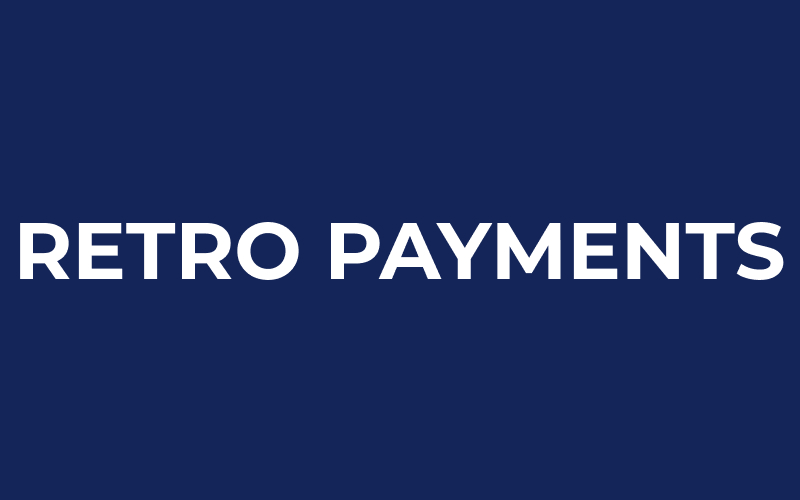
Retro payments
Retro payments are a pricing concept that refers to payments made after a product or service has been sold and delivered. This concept is relevant to both ecommerce and retail businesses as it affects their pricing strategies and financial performance.
Retro payments can come in different forms, such as rebates, discounts, or incentives that are offered after a purchase has been made. Retailers and ecommerce businesses can use these payments as a marketing tool to attract customers and increase sales. By offering them, businesses can provide customers with an additional incentive to make a purchase, while still maintaining the advertised price of the product.
Retro payments in ecommerce and retail
In ecommerce, these payments can be implemented through loyalty programs or rewards systems that encourage customers to make a purchase. For example, an ecommerce company might offer a discount on a future purchase if a customer buys a certain product. This creates a win-win situation for both the customer and the business, as the customer receives a discount, and the business receives increased sales.
In retail, the payments are often offered in the form of rebates or discounts. For example, a retailer might offer a discount on a product if a customer agrees to sign up for a credit card. By offering this incentive, the retailer hopes to increase sales while also gaining new customers who will become loyal and repeat buyers.
The payments can also impact a company’s pricing strategy. For example, a company might offer a lower price for a product with the understanding that the customer will receive a retro payment in the future. This allows the company to maintain a high advertised price while still providing customers with a financial incentive to make a purchase.
Other conditions for retro payments:
A mistake in pricing was made: Businesses may discover that they have been charging customers an incorrect price for a product or service and need to issue retro payments to correct the mistake.
A price adjustment is made: Businesses may need to issue retro payments to customers if they adjust the price of a product or service after the customer has already made a purchase.
A price match policy is in place: Businesses may issue retro payments to customers who have already made a purchase if the price of the product drops within a certain time frame and the business has a price match policy in place.
A refund policy exists: Businesses may issue retro payments to customers as a refund if the product is defective or not as described and a refund policy is in place
Summary
Retro payments refer to payments made after a product or service has been sold and delivered. Retailers and ecommerce businesses use these payments as a marketing tool to attract customers and increase sales. They can come in different forms, such as rebates, discounts, or incentives, and can impact a company’s pricing strategy. To make the most of retro payments, businesses need to carefully consider the amount and timing of the payments and how they will impact the overall pricing strategy.

